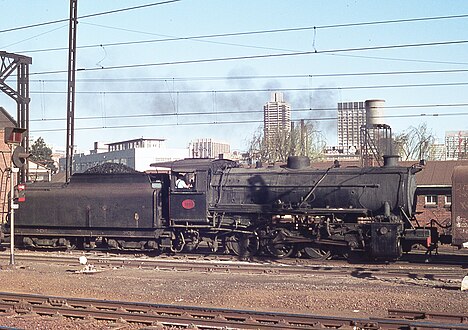
The South African Railways Class 23 4-8-2 was a class of South African steam locomotives.
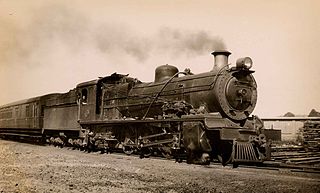
The South African Railways Class 16C 4-6-2 of 1919 was a steam locomotive.

The South African Railways Class 16B 4-6-2 of 1917 was a steam locomotive.
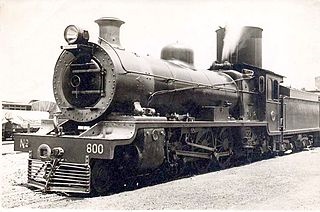
The South African Railways Class 16 4-6-2 of 1914 was a steam locomotive.
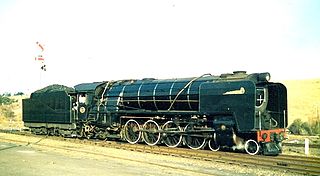
The South African Railways Class 15E 4-8-2 of 1935 was a steam locomotive.

The South African Railways Class 14C 4-8-2 of 1922 was a steam locomotive.
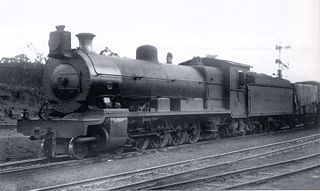
The South African Railways Class 14B 4-8-2 of 1915 was a steam locomotive.

The South African Railways Class 14A 4-8-2 of 1914 was a steam locomotive.

The South African Railways Class J 4-6-4T of 1915 was a steam locomotive.
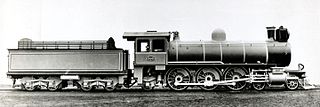
The South African type XM3 tender was a steam locomotive tender from the pre-Union era in the Transvaal.
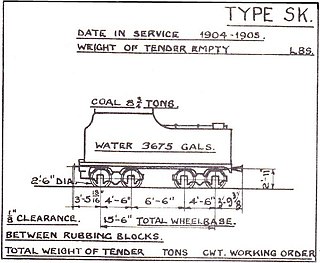
The South African type SK tender was a steam locomotive tender.
The South African type LP tender was a steam locomotive tender.

The South African Railways Class 16DA 4-6-2 of 1930 is a class of steam locomotives.
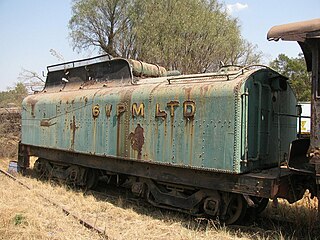
The South African type GT tender was a steam locomotive tender.
The South African type MS tender was a steam locomotive tender.

The South African type MT2 tender was a steam locomotive tender.
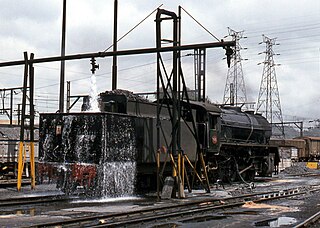
The South African type JT1 tender was a steam locomotive tender.
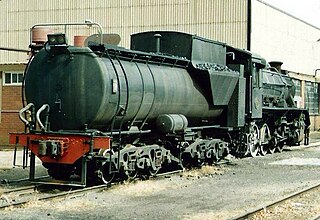
The South African type MY1 tender was a steam locomotive tender.
The South African type ET1 tender was a steam locomotive tender.
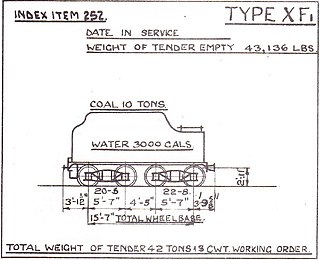
The South African type XF1 tender was a steam locomotive tender.


